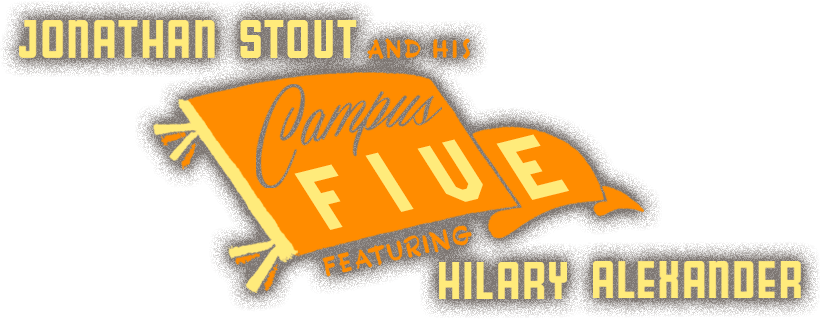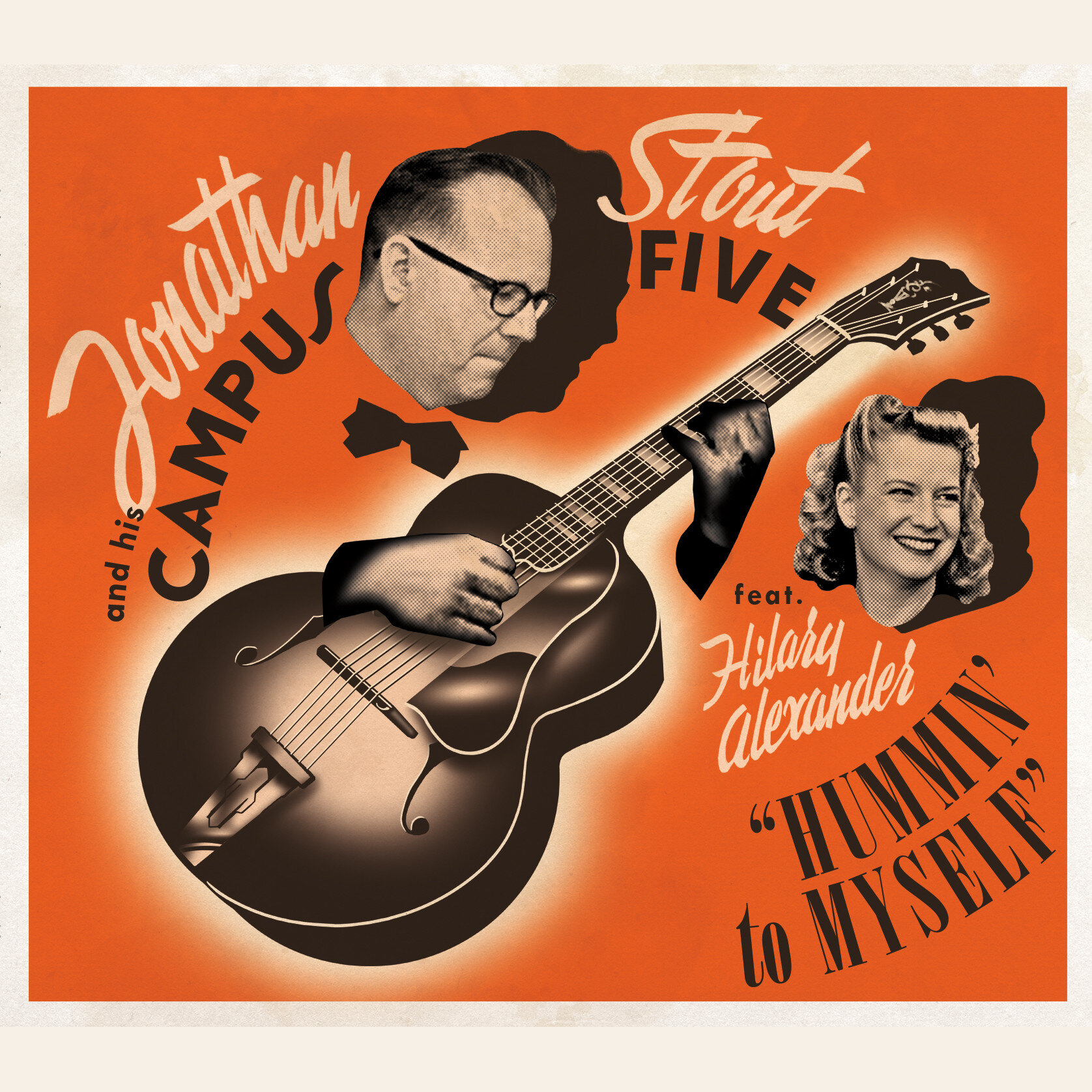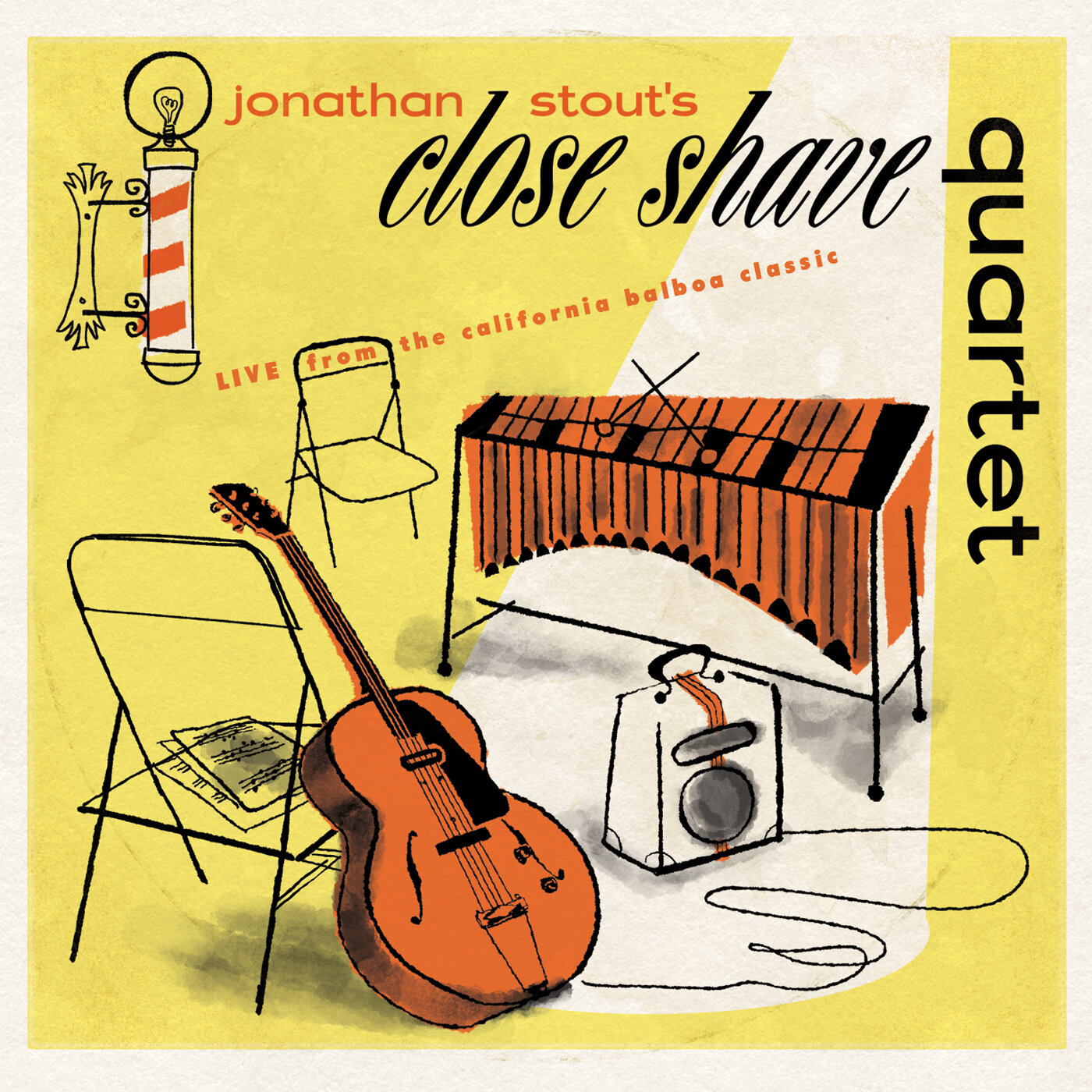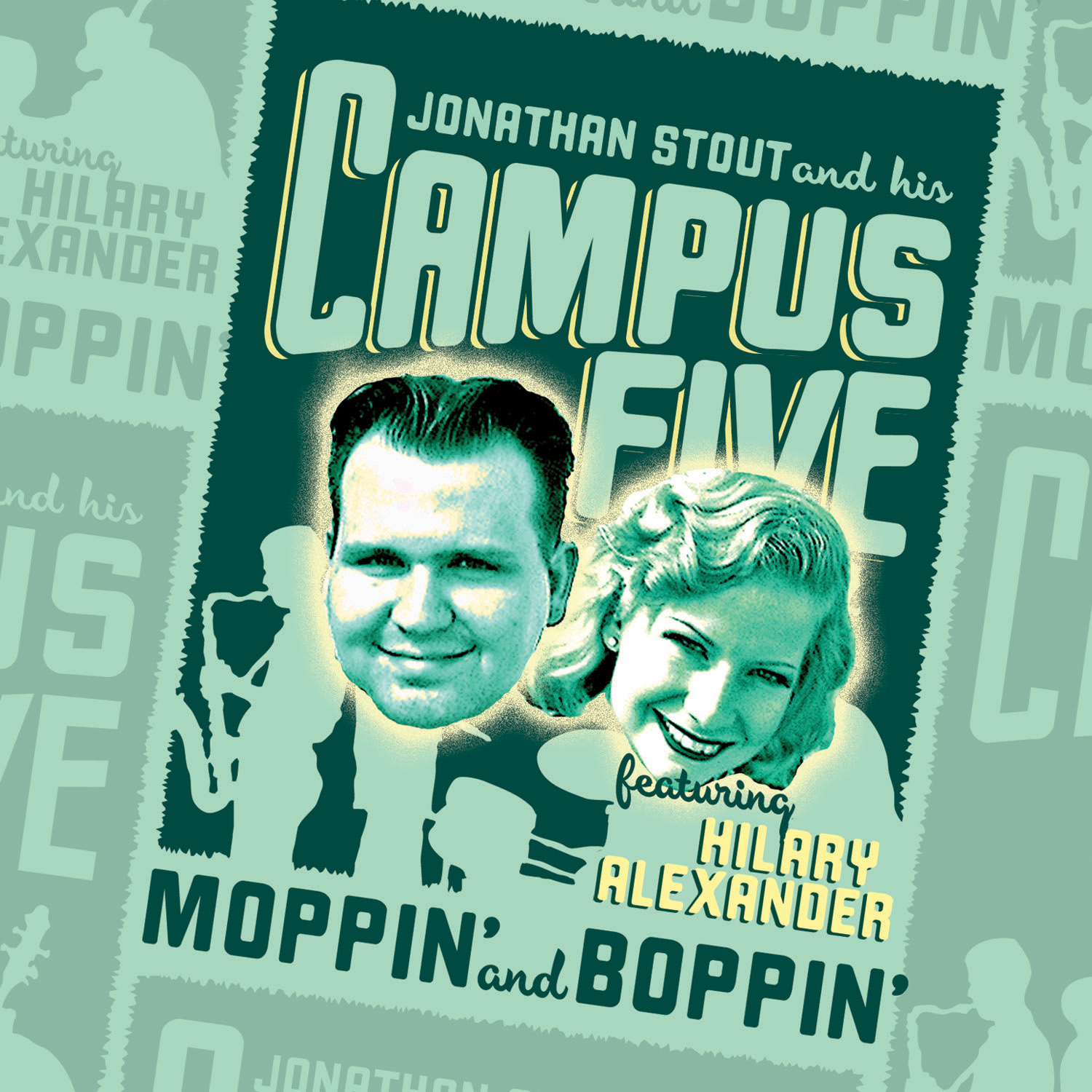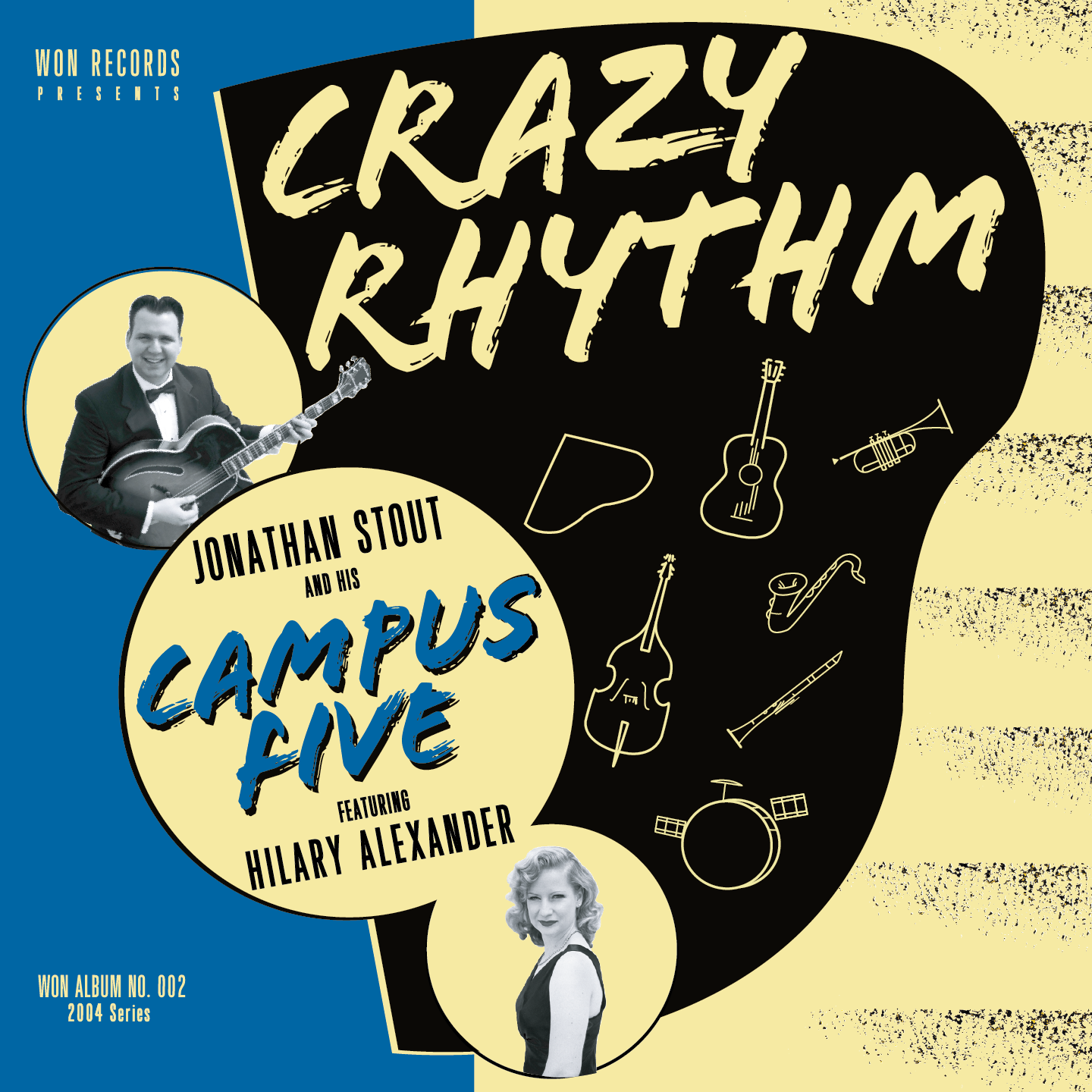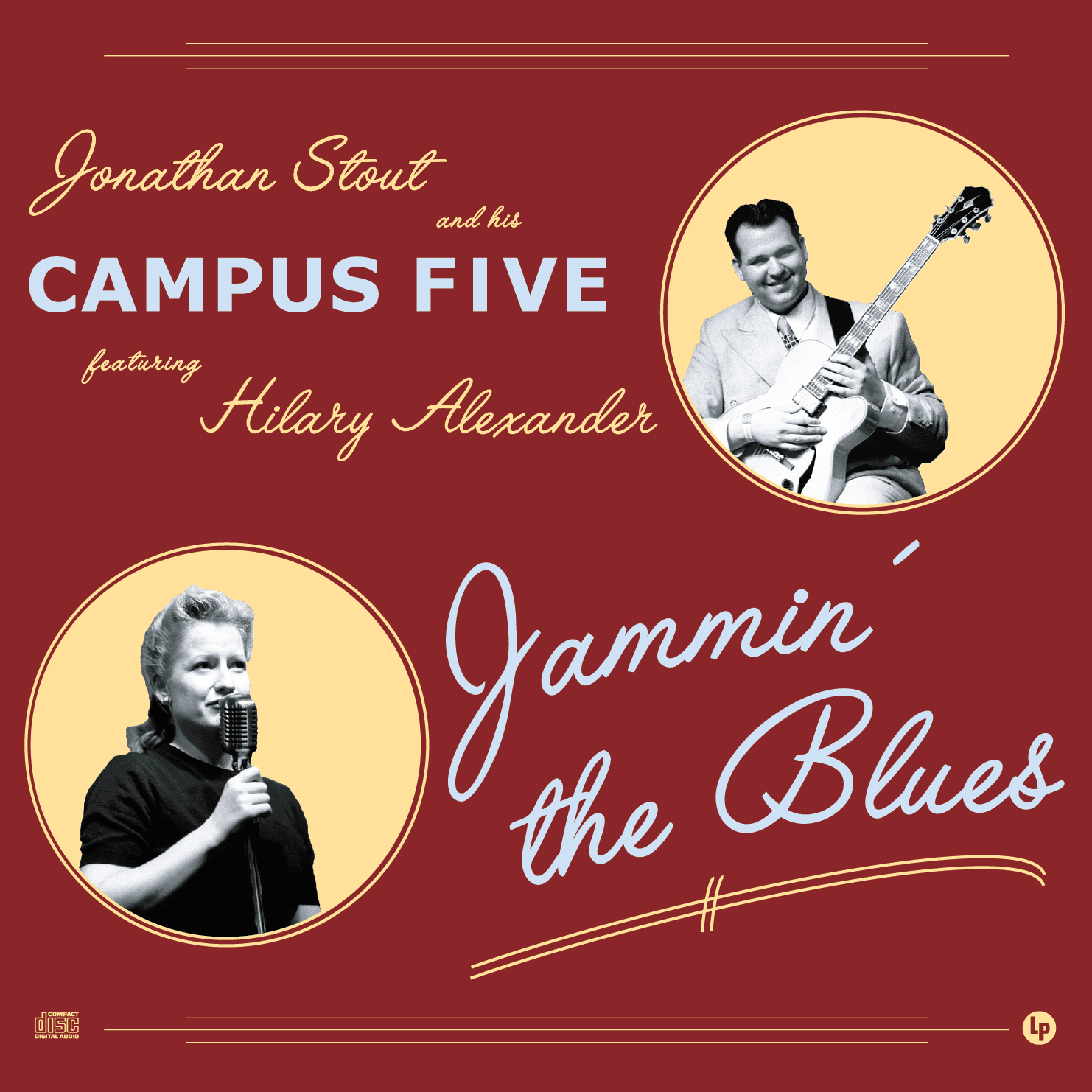[in the interests of actually putting content up more often, rather than being so precious about it, I've split this up into two articles, and I'm gonna have to add the example clips soon, rather than waiting for them to be ready before I post this.]
YoungWoo Joh, from Orlando, FL recently sent me an email asking me about the interaction of rhythm guitar and piano. Specifically, he was wondering how not having a piano would, could or should change what he does as a rhythm guitarist in his band (the instrumentation of which is clarinet/sax, trombone, guitar, bass, washboard and vocals). He writes:
"I had originally just been chunking through the changes (a la 4/4 rhythm guitar), but I've come to feel that lacking both a piano and third horn makes it feel like something is missing. In response to this, I've made my (guitar) playing a little more rhythmically creative, though always going back to the 4/4 as the basic rhythm. In addition to that, I've slowly been working up my chordal vocabulary (inversions and extensions) in order to imply movement and for the occasional fill.
The thing is that all of this is sort of being done experimentally, and I was hoping you could give me a little more insight on what else I could be doing on guitar to help fill out the sound."
Let's see if any of this helps….
The Four-Beat Idea vs. Musical Reality
The four-beat pulse of Swing is an essential and defining characteristic, differentiating it from earlier and later forms of jazz. Rhythm guitar is one the three instruments in a band that is (generally) solely devoted to this pulse (along with the string bass, and and the bass drum). I've argued in the past that the firm foundation of that pulse, is what makes syncopation in swing music really POP and stand out. So serving that goal is the primary mission.
That being said, the reality is that no rhythm guitarist is without occasional rhythm variation. Whether added 8th note shuffles here and there, or more specific rhythmic figures (either in concert with figures in the band, or in contrast to them), these are all part of playing musically, rather than technically or mechanically.
In the gypsy-jazz tradition, for example, the standard comping pattern, "le pompe" has 8th note shuffles by default ("a-short, LONG, a-short, LONG" or "a-one, TWO, a-three, FOUR"). Moreover, Django himself often played very distinctive rhythm counterpoint to what's going on in the band. [example "World is Waiting for the Sunrise" 1949]
In the American tradition, playing so boldly was much less common. But guitarists like Al Casey in Fats Waller's band can be heard playing accents and variations. [EXAMPLE]
Just because you can, does that mean you should?
If we take service to the four-beat pulse as our prime directive, then generally it is wise to concentrate on that pulse, and eschew additional accents.
That said, I think rhythmic accents and variations in service of being musical are important and welcome, so long as they do not distract or detract from the beat. The problem comes when there is too much variation, or when variations and accents just aren't musical. The key factors are the number and kind of instruments in the band, and the rhythmic figures being played elsewhere.
The more instruments there are in the band, the less room there is for rhythmic variation. For example, in the American Swing-Rhythm Guitar tradition, you find a consistent emphasis on the straight four beat rhythm than the gypsy-jazz tradition. Generally the american rhythm guitarists of note were found in bigger bands, not quartets and quintets.
But even in smaller groups, american rhythm guitarists had much less rhythmic variation than in the gypsy jazz tradition. But of course, in the american tradition it was pretty uncommon to see more than one guitarist in the band. Django almost always had at least one, but often two rhythm guitar players in his bands beside himself. I would argue that Django was free to comp so wildly because the beat was being so firmly established by the other guitarist(s).
So with more instruments in the band there is less room for rhythm variation, though in a small group, having multiple guitar players can free up one to add accents without the same fear of losing the beat.
Coming up next...
So in part 2, I'll pick up with hitting musical accent figures with the band, and talk about interacting with YoungWoo's particular instrumentation in the next installment.
